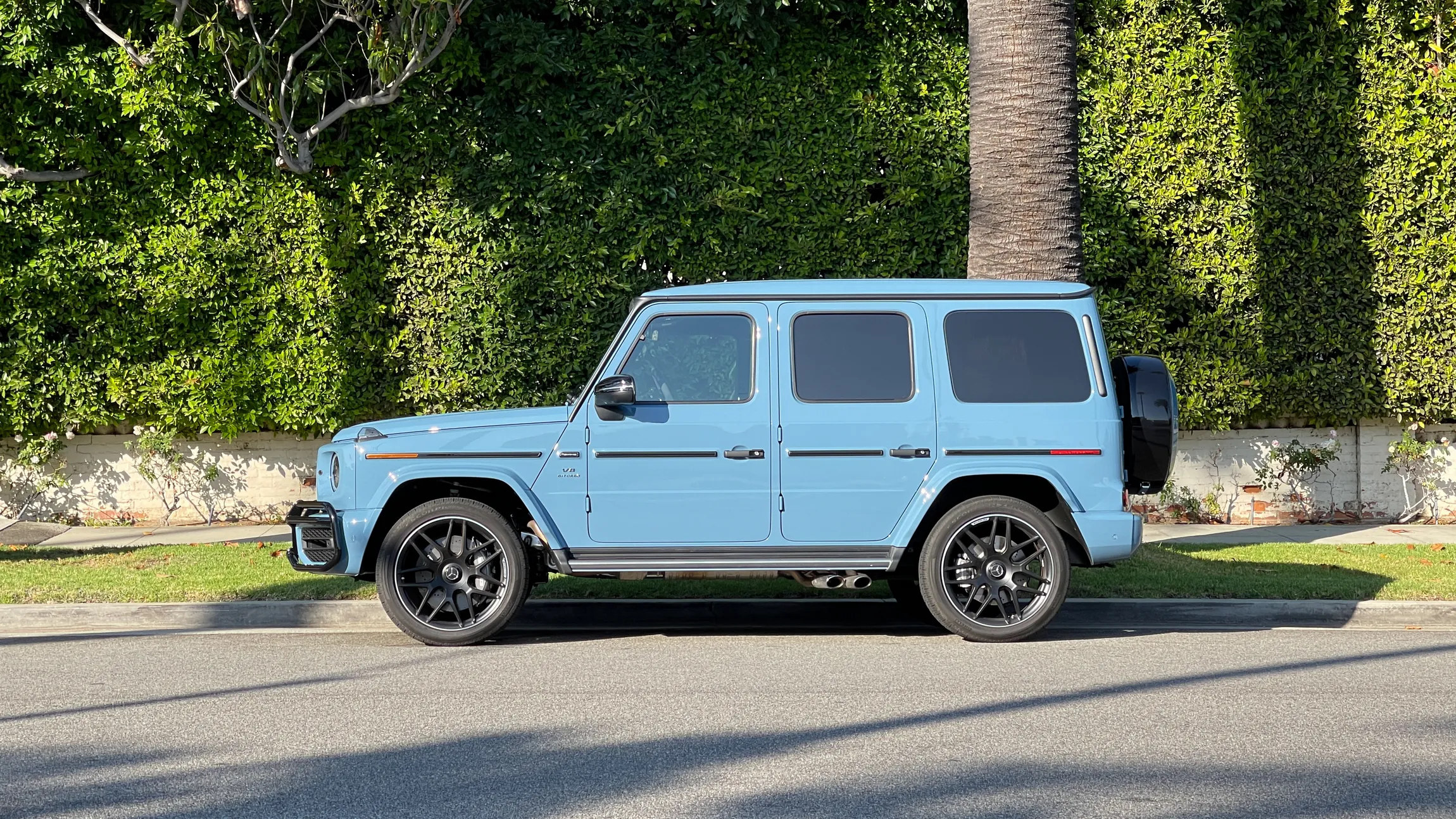The Mercedes-Benz G-Class is a fascinating contradiction in the automotive world. Renowned for its off-road prowess, it’s more commonly seen outside luxury boutiques than traversing rugged terrain.
Despite minimal design changes since its inception in 1979, enthusiasts eagerly await each new generation, willing to pay a premium for this iconic vehicle. Originally designed for military use in Germany, it’s now a status symbol in sunny California, its largest market globally.
Despite its seemingly incongruous nature, there’s something inherently satisfying about driving a G-Class. After experiencing all three variants of the latest generation, it’s clear that the new electric version excels above the rest. Mercedes has skillfully maintained the G-Class’s heritage and prestige while transitioning to a revolutionary electric powertrain that enhances its capabilities even further.

The electric G-Class, part of Mercedes’ EQ lineup, closely resembles its internal combustion counterparts. It shares the same basic chassis design, with a pair of frame rails supporting the iconic body.
While minor adjustments for aerodynamics have been made, the overall silhouette remains faithful to the traditional G-Class styling. The most noticeable change is the flat grille upfront, though buyers can opt for a more conventional design if desired. Additionally, EQ badges and a squircle-shaped storage bin (optional) replace the exhaust pipes, distinguishing the electric version.
Beneath its familiar exterior lies a radically different powertrain. The electric G-Class boasts a 116-kilowatt-hour battery pack split into 12 modules. While similar to the EQS in cell design, the arrangement is unique to accommodate the G-Class’s rugged requirements.
Extensive waterproofing and protective cladding ensure durability, with a carbon composite plate providing exceptional strength. Surprisingly, despite the hefty weight of the electric G-Class, the chassis is significantly stiffer due to the battery pack’s integration, enhancing overall performance.
Although the G-Class may defy conventional logic, its enduring appeal and evolution into an electric powerhouse demonstrate Mercedes’ commitment to innovation while honoring its rich heritage.
The Mercedes-Benz G 580 sets itself apart from typical high-performance electric vehicles with its unique quad-motor configuration. Unlike most EVs that rely on two motors, the G 580 boasts four motors and four transmissions, making it a standout on the road.
While quad-motor setups are not unheard of, such as in the Rivian R1T and Mercedes’ own SLS AMG Electric Drive, the G 580 offers something distinct. With four motors and transmissions, it retains the high- and low-range capabilities of its gasoline-powered counterparts.
This configuration ensures that the G-Class can tap into its peak torque, delivering a staggering 859 pound-feet of torque and 579 horsepower. This power enables impressive acceleration, propelling the G 580 from 0 to 62 mph in just 4.7 seconds.

Beyond raw acceleration, the quad-motor setup unlocks a range of capabilities for the G 580. It can execute maneuvers like dragging its inside rear wheel to achieve sharper turns and even perform a 180-degree spin within its own axis, akin to Rivian’s “Tank Turn” feature. Initially viewed as marketing gimmicks, these capabilities prove invaluable during off-road excursions.
After just a few minutes on the trails, it becomes evident that these features are not only practical but also game-changing for serious off-roaders, enhancing the G 580’s versatility and performance in rugged terrain.

